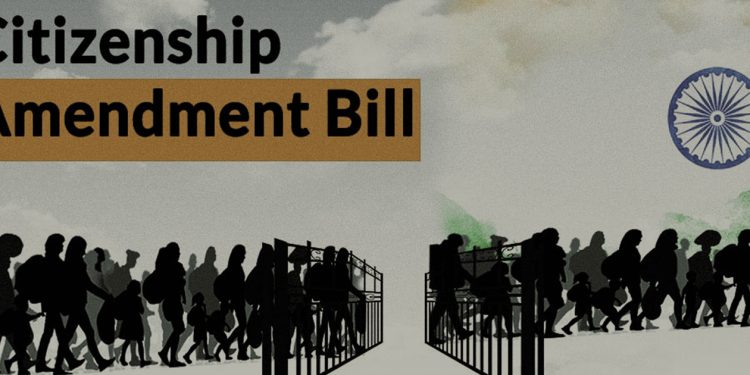The Citizenship Amendment Act (CAA) and the proposed National Register of Citizens (NRC) have been two of the most debated legislative measures in recent Indian political history. While the CAA was implemented in March 2024, its real political impact is unfolding in 2025, especially in terms of voter demographics, electoral polarization, and identity politics.
📜 What Are CAA and NRC?
- CAA (Citizenship Amendment Act, 2019): Grants fast-track Indian citizenship to non-Muslim refugees (Hindus, Sikhs, Buddhists, Jains, Parsis, and Christians) from Pakistan, Bangladesh, and Afghanistan who arrived before December 31, 2014.
- NRC (National Register of Citizens): A proposed register to verify the citizenship status of all Indian residents. Initially implemented in Assam.
Together, these measures have legal, social, and political implications — especially around identity and citizenship.
🧭 Political and Electoral Impact in 2025
1. Polarization of Voter Base
- Religious Lines: CAA is viewed as favorable to non-Muslim refugees, which has strengthened support for the ruling BJP among Hindu refugee communities, especially in West Bengal, Assam, Delhi, and UP.
- Opposition Mobilization: Parties like TMC, Congress, and DMK have criticized CAA-NRC as discriminatory, consolidating Muslim votes and liberal urban voters.
2. Regional Shifts in Demographics
- West Bengal & Assam: Refugee Hindu voters from Bangladesh are now actively registering to vote due to CAA. This has increased the potential Hindu vote share in border districts.
- Northeast Backlash: Indigenous communities in Assam, Meghalaya, and Tripura fear dilution of their identity. Many former BJP allies in these regions have distanced themselves.
3. Urban vs Rural Divide
- Urban youth and educated populations in cities like Delhi, Mumbai, and Bengaluru largely oppose the CAA-NRC combo. This has led to:
- Greater youth turnout against BJP in urban constituencies.
- Increased campus activism and voter registration drives.
📊 Data Highlights (Post-CAA Rollout)
| Region | Estimated Impact | Political Shift |
|---|---|---|
| Assam | ~1.9 million flagged in NRC; many left stateless | Rise of regional parties like AJP |
| West Bengal | +3 lakh Hindu refugees apply for citizenship under CAA | Tighter fight between BJP and TMC |
| UP/Bihar | Strong communal narratives | Consolidation of Muslim and Dalit votes |
| Delhi | Youth-led protests, anti-CAA sentiment | AAP and Congress gain traction |
🧩 Social Impact That Influences Voter Behavior
- Fear Among Muslims
The potential nationwide NRC creates fear of disenfranchisement among Muslim communities. This leads to:- Greater political engagement to protect rights.
- Consolidated Muslim voting in opposition-leaning parties.
- Empowerment of Hindu Refugees
For long-neglected Hindu refugees (especially in Bengal and Assam), CAA is seen as a long-awaited recognition. Many have become first-time voters. - Identity Politics on the Rise
CAA-NRC debates have sharpened religious and ethnic identities, leading to a fragmented voter base driven more by identity than development.
🛡️ Legal & Constitutional Concerns
- Supreme Court is yet to decide on the constitutionality of CAA.
- International criticism over religious discrimination has added pressure on the Indian government.
- State vs Centre: Several state governments (Kerala, Punjab, West Bengal) have refused to implement NRC, creating legal gridlocks.
🔮 Future Outlook: What Lies Ahead?
| Scenario | Possible Effect |
|---|---|
| Supreme Court strikes down CAA | May lead to national political unrest and massive rallies |
| NRC implemented nationwide | High risk of mass disenfranchisement, especially among poor and minorities |
| Opposition forms alliance around anti-CAA sentiment | Potential electoral gains in urban and minority regions |
📝 Conclusion
The CAA-NRC debate is no longer just about law — it’s about votes, identity, and the soul of Indian democracy. While some see it as a long-overdue corrective measure for persecuted minorities, others fear it will reshape citizenship through a communal lens. In the run-up to the 2029 general elections, the long-term impact of these laws on voter demographics, political alliances, and national unity will continue to be one of the defining stories of Indian politics.































































